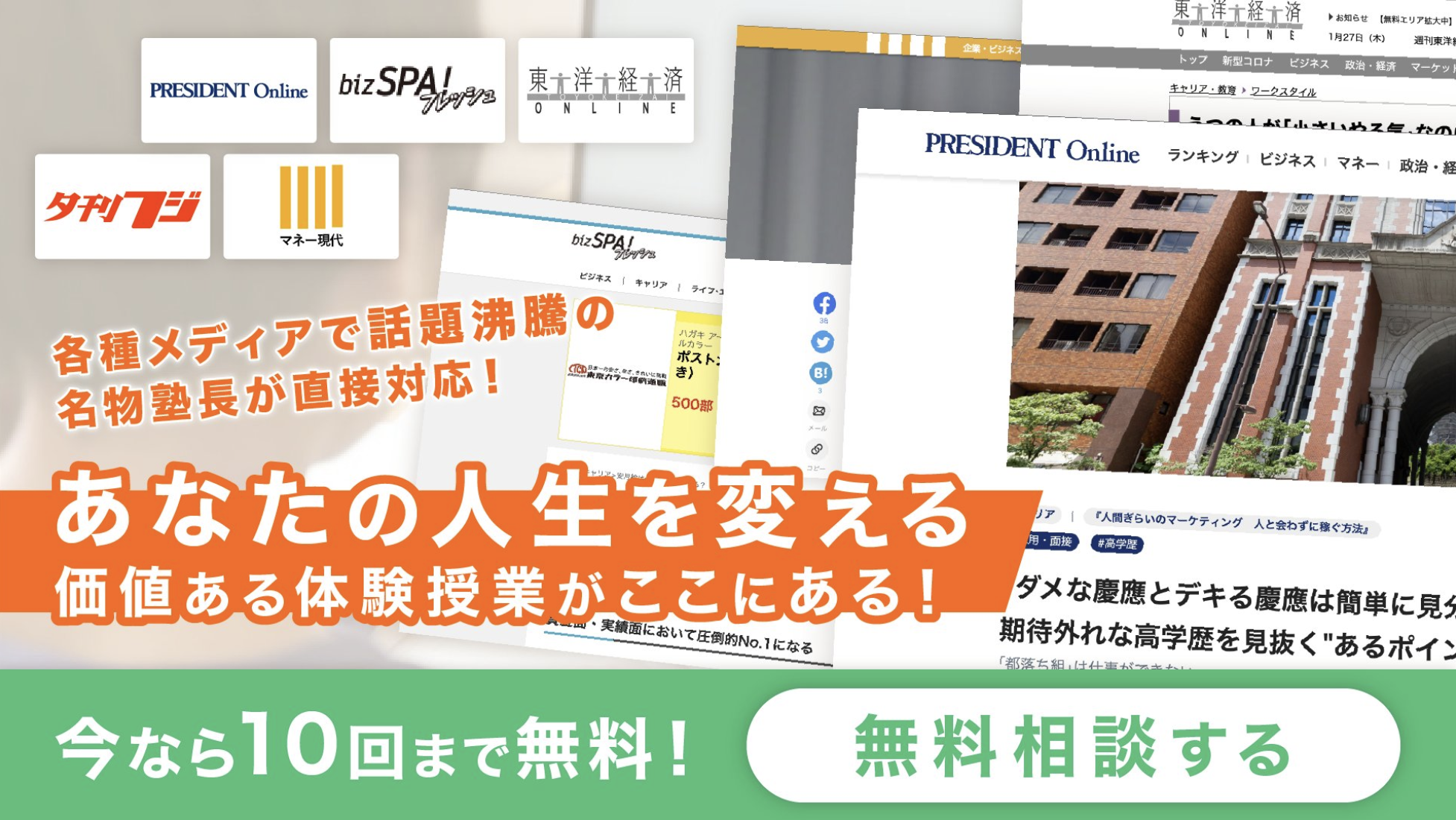27.慶應SFC 総合政策学部 藁谷郁美 教授
- Professor Ikumi Waragi
Introduction to the discussion
The electric signboard in the railway car is to send information to passengers.
In Japan, it is usually given in two languages, Japanese and English, and it supports other languages such as Chinese and Korean, especially for routes and vehicles that are frequently used by foreigners such as airport railways.
On the other hand, in the European railway network that crosses national borders, the displayed language is switched depending on the driving area. There are various elements in the information content presented there, which is significantly different from the information elements transmitted in Japanese railway cars.
Finding the problem
Then, what is the difference between the contents displayed on the electric bulletin boards in Japan and Germany?
Argument
A common point between the display contents of Japanese and German railways is that the destination, the names of the stopping stations on the way, the traveling speed information, etc. are displayed in the electric signboard.
There are mainly three types of information transmission contents, including a format lists all the stops on the way at once, a format that displays only the name of the next station, and a format that sequentially displays the names of the most recently stopped stations.
Another difference is how to call attention to using mobile phones in the car. Although a display related to the use of mobile phones is common in Japan, in German railway vehicles, there are distinctions between vehicles that allow mobile phone (call) use and vehicles that do not. It can be confirmed with the icon indicating that the mobile phone can be used and the icon indicating that WiFi can be used, which are displayed on the wall in the car as a sticker. Therefore, there is no transmission by electric light brown display board or voice announcement.
German railways do not have the idea of a green car like in Japan, and a strip-shaped electronic bulletin board is provided above the seat for two people. It is displayed whether it is reserved or not. In other words, it is treated as a non-reserved seat outside the section, and if nothing is indicated, it can be used as a non-reserved seat until the end
Conclusion
Therefore, I would like to analyze the difference in the language expression of announcements on railways in Japan and Europe, and announcements in the trains and stations.
Examining the conclusion
By studying with Professor Ikumi Waragai, who is researching JR East and Deutsche Bahn in comparison and European culture, I am sure that I could obtain various perspectives regarding my research and it would open up new horizons for me.
Therefore, I believe that Keio University’s Faculty of Policy Management is the most suitable place for pursuing my research and social contributions, and I am aspiring to enter your school and study in your laboratory.






コメントを残す